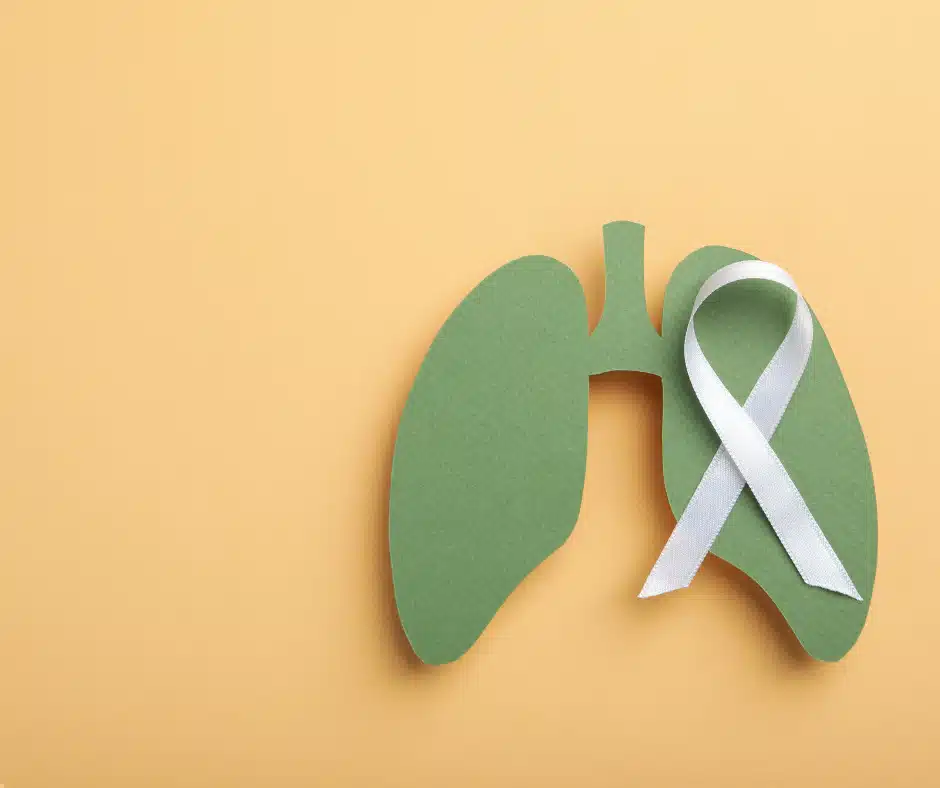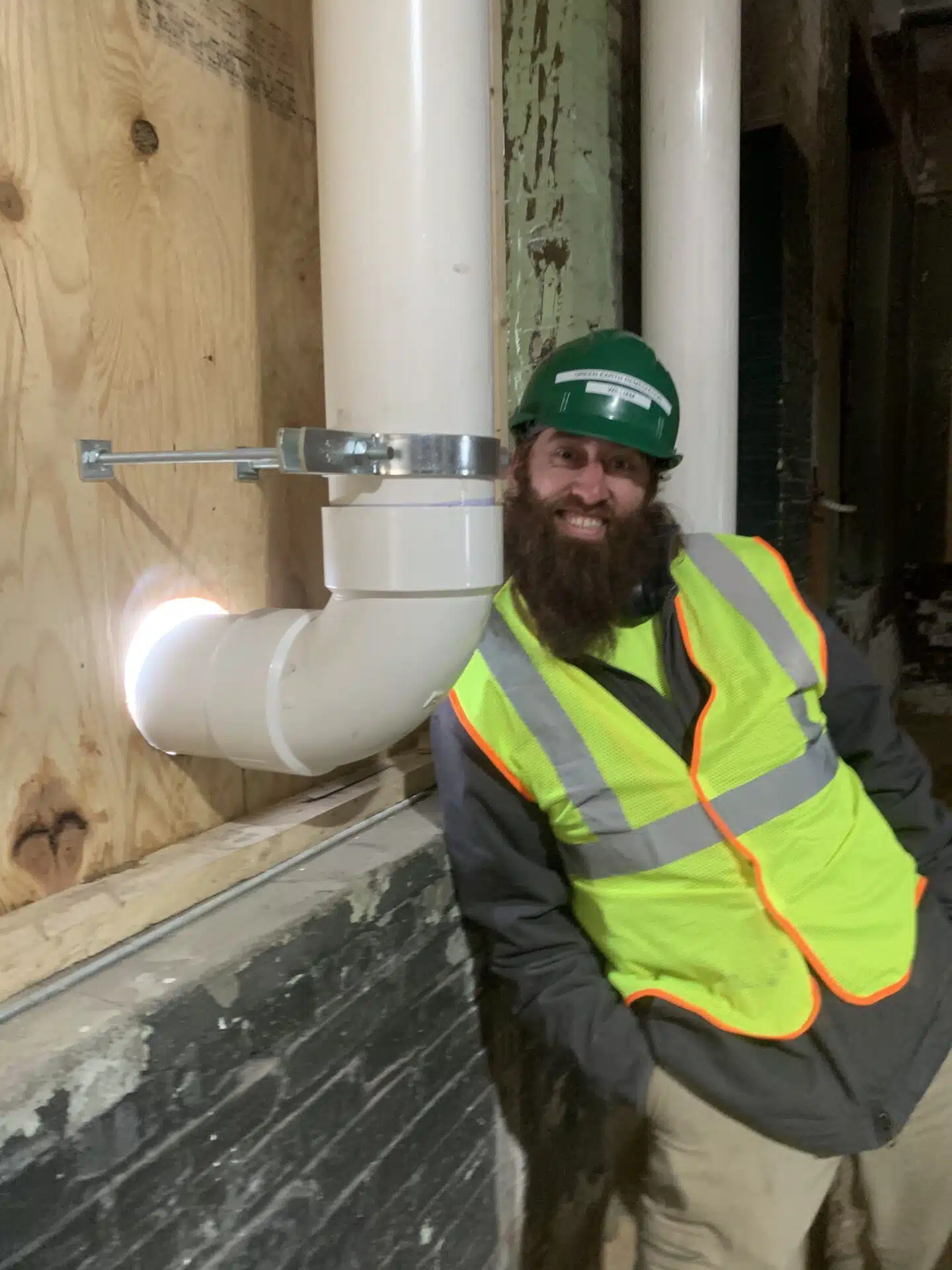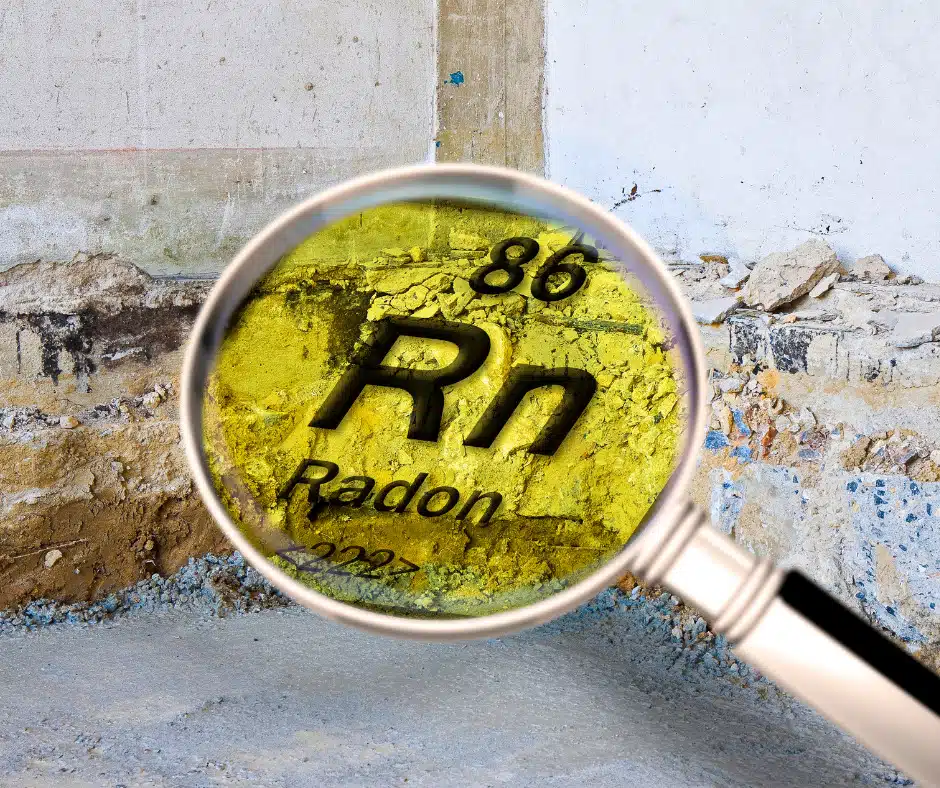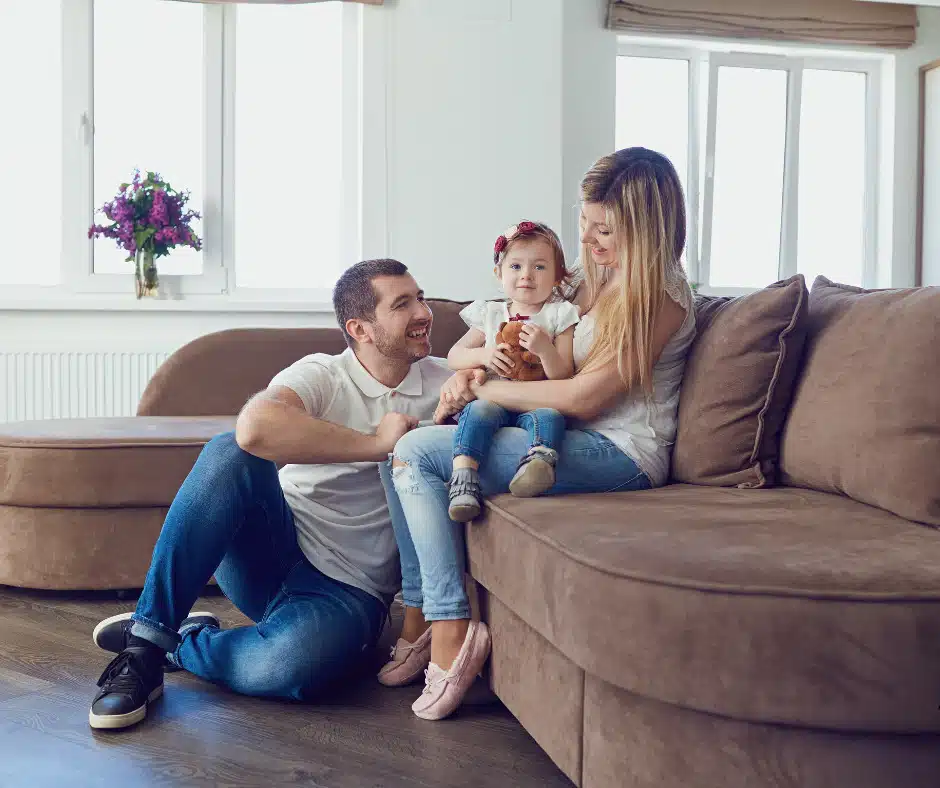Radon: A Hidden Threat to Your Health
This case study highlights the critical importance of radon testing for homeowners due to the risk of lung cancer associated with radon exposure
Introduction:
Green Earth Remediation was called by a homeowner whose granddaughter had been diagnosed with stage 4 lung cancer, likely due to radon exposure. The home had not been tested for radon previously, leaving the occupants completely unaware of a hidden health risk lurking in the home.
Client Background:
The homeowner’s granddaughter was 34 years old, an avid runner with a healthy lifestyle and no history of smoking or exposure to known carcinogens. However, she had been living in a basement bedroom in the home for most of her life. Upon receiving a cancer diagnosis, the granddaughter and her family were told by physicians that radon gas was the most likely potential cause for her illness.
Problem Statement:
Green Earth Remediation performed radon testing and found that radon levels in the basement averaged 76.4 pCi/L. This is an exceptionally high level of radon gas in the home, making it very likely that radon exposure was what led to a lung cancer diagnosis in an otherwise healthy young adult.
Green Earth Remediation Solution:
Unfortunately, we were unable to address the situation before tragedy struck in the form of a cancer diagnosis because the homeowner had not known of the critical importance of testing for radon. However, we were able to install a radon mitigation system in the home to reduce further health risks for the homeowner and her family. Exceptionally high radon levels did not add to the complexity of the sub slab mitigation, and we were able to easily get a system installed that brought radon levels down to under 0.5 pCi/L. While there is no truly safe level of radon, radon mitigation can bring indoor radon levels down to levels comparable to the outdoors, dramatically reducing health risks related to radon exposure.
Conclusion:
Radon is a radioactive gas, and exposure to radon is the leading cause of lung cancer among non-smokers and the second leading cause of lung cancer among the general public. However, many people do not know they are at risk because radon is completely odorless and invisible. The only way to know the potential danger that may be lurking in your home is to have it periodically tested. While the family in this case study learned of problematic radon levels in the home too late, their experience was a wakeup call for many other homes and businesses in their neighborhood. We tested several other homes in the area along with a commercial building, which were all found to have high levels of radon. We were able to successfully install radon mitigation systems throughout the area, ensuring the ongoing safety of many more families.



